Transloading is a crucial step in the supply chain process, involving the transfer of goods between different modes of transportation. Moreover, railcar transloading specifically refers to the movement of goods from railcars to other transportation modes, such as trucks or ships. While rail transportation offers several advantages, including cost-effectiveness and capacity, transloading comes with its own set of costs.
In this blog, we will explore the various factors that contribute to transloading costs and also explore strategies to optimize the logistics process.
Let’s figure out Transloading costs: The price of railcar transloading.
Understanding Transloading:
Transloading serves as a vital link in the transportation network, enabling the efficient movement of goods across multiple transportation modes. It allows for the seamless transfer of cargo from railcars to trucks, ships, or other modes, facilitating the transportation of goods to their final destinations.
When it comes to railcar transloading, costs can arise from a range of factors. Some of the key cost contributors include labor, equipment, railcar storage facilities, infrastructure, and regulatory compliance.
Additionally, factors such as the type of goods being transloaded, the distance to the transloading facility, and the level of automation involved can also impact the overall cost.
Factors Affecting Transloading Costs:
The cost is clearly and carefully calculated when you receive a quoted price on the transloading of your goods. Moreover, these factors include all the factors incurred such as the company overhead, the movement of the goods with the link of actual dollar amount, and a profit for the logistics company.
Labor:
The cost of hiring and managing skilled labor to handle the transloading process is a significant component of transloading costs. Moreover, efficient coordination and training of personnel can help minimize expenses.
Equipment:
The availability and utilization of appropriate equipment, such as cranes, forklifts, and conveyor systems, impact transloading costs. Investing in modern and efficient equipment can increase productivity and reduce overall expenses.
Storage Facilities:
Warehousing costs can add up if goods require temporary storage during transloading. The size and condition of storage facilities, as well as security and inventory management systems, all contribute to the overall transloading costs.
Infrastructure:
The location and accessibility of transloading facilities can influence costs. Additionally, proximity to rail yards, highways, ports, and distribution centers can minimize transportation costs and improve efficiency.
Regulatory Compliance:
Adhering to safety, environmental, and regulatory requirements incurs costs related to permits, inspections, and compliance monitoring. Similarly, staying up-to-date with regulations can avoid potential fines and penalties.
Optimizing Transloading Costs:
Efficient Facility Layout:
Carefully planning the layout of the transloading facility can streamline operations. Moreover, reduce unnecessary movement, and optimize resource utilization.
Automation and Technology:
Embracing automation and technological advancements, such as robotic systems and inventory management software, can enhance speed, and accuracy, and reduce labor costs.
Consolidation and Coordination:
Coordinating shipments and consolidating multiple shipments can maximize the use of transportation resources, reducing costs associated with empty or underutilized cargo space.
Collaboration and Partnerships:
Collaborating with logistics partners, including rail carriers, trucking companies, and freight forwarders, can lead to volume discounts and improved operational efficiency.
Data Analytics:
Leveraging data analytics and performance metrics can provide insights into process bottlenecks, Additionally, it enables better decision-making and optimization of transloading operations.
Preparing Properly for The Transloading Process:
Even though the goods won’t be in your hands anymore once you hand them to them for shipment, you still have a lot to prepare for before they go on board ahead of time. To make sure the transloading process goes smoothly, buying goods insurance for a transload is a good start to a smart business.
Additionally, transloading is a very hands-on process. This can lead to a depreciated asset or a total loss altogether. Moreover, if your goods are coming in from overseas, make sure all the paperwork is filed and ready to go. This will ensure that there isn’t any delay at the port or in future work.






